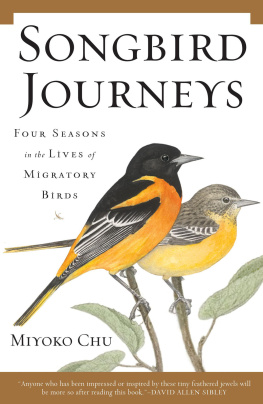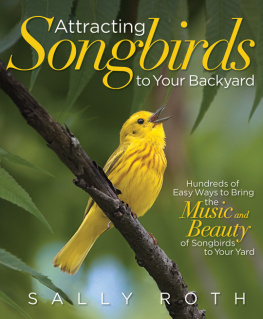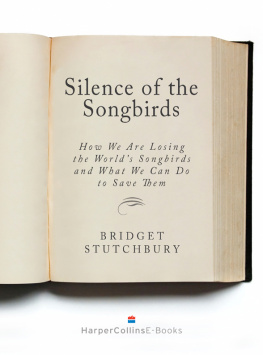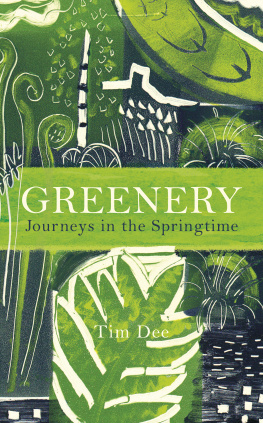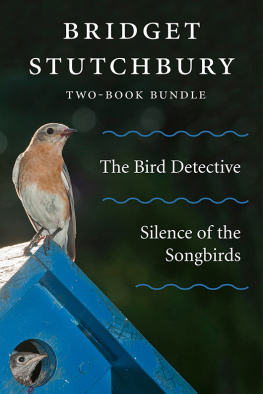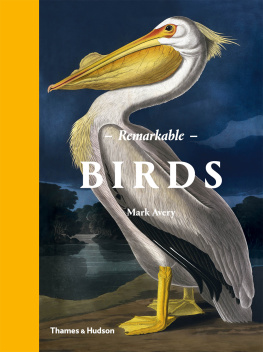"Simply yet crisply written, [Miyoko] Chu's work summarizes much of what has recently been learned about the multiple lives of songbirds... Like John McPhee in his travels with geologists, Chu turns to the ornithological detectives to piece together the story... Chu's researchers have truly great tales to tell."
Washington Post
"Chu covers theories and research with affection and passion... Whether or not you're aware of songbirds' exceptional lives of seasonal travel, Chu's book will both enlighten and delight."
Seattle Times
"Songbird Journeys is a fascinating introduction to bird migration."
Pittsburgh Post Gazette
"Readers will be struck by the magic of migration, presented in this book in fascinating detail yet in a concise, readable format. The book also includes such a wide variety of detailed scientific work that even the most experienced birders will discover new facts about migratory birds."
WildBird
"For those of us excited by the mysteries of migration and potential research adventures, Songbird Journeys serves as a useful guide. Travel instructions encourage birders to visit a few of the best locations from Alberta to Panama for observing migratory birds throughout the year."
Birder's World
"A unique and delightful account of the migration ecology of songbirds in North America. This book will be of greatest interest to birders, but is also an informative good read for anyone interested in migratory birds."
Journal of Field Ornithology
"By mixing crisp writing with patient explanation, Miyoko Chu has produced something rarea book that offers something for both expert ornithologists and backyard bird lovers."
Mark Obmascik, author of The Big Year
"Miyoko Chu captures both the sweep and the drama of bird migration. Songbird Journeys mingles passion, beauty and science into a surprising, fascinating whole."
Scott Weidensaul, author of Living on the Wind
"Songbird Journeys is filled with solid and current scientific information while beautifully expressing what it is about birds that touches our minds and hearts."
Laura Erickson, author of 101 Ways to Help Birds
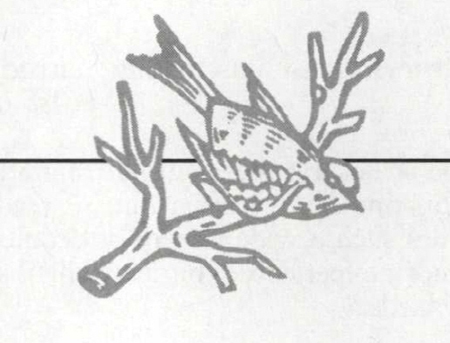
SONGBIRD
JOU
Four Seasons in the Lives
of Migratory Birds
MIYOKO CHU

Copyright 2007 by Miyoko Chu
All rights reserved. No part of this book may be used or reproduced in any manner whatsoever without written permission from the publisher except in the case of brief quotations embodied in critical articles or reviews. For information address Walker & Company, 104 Fifth Avenue, New York, New York 10011.
Color plate illustrations are by Evan Barbour, and may not be reproduced without the written consent of the artist. Maps were created by the Cornell Laboratory of Ornithology, with range data by NatureServe. Radar image reproduced with permission from David Bonter, Migration and ecologyof landbirds during migration in the Great Lakes basin, Ph.D. dissertation, University of Vermont, 2003.
Published by Walker Publishing Company, Inc., New York Distributed to the trade by Holtzbrinck Publishers
All papers used by Walker & Company are natural, recyclable products made from wood grown in well-managed forests. The manufacturing processes conform to the environmental regulations of the country of origin.
THE LIBRARY OF CONGRESS HAS CATAOLGED THE HARDCOVER EDITION UNDER LCCN: 2006278075
First published in the United States by Walker 8c Company in 2006 This paperback edition published in 2007
ISBN: 978-0-802-71844-0
Visit Walker &: Company's Web site at www.walkerbooks.com
10 9 8 7 6 5 4 3 2 1
Typeset by Westchester Book Group
Printed in the United States of America by Quebecor World Fairfield
For Mark Chao
and for our children,
Francesca and Tilden
CONTENTS
Summer and Autumn, Winter, Spring,
Each season of the varied year,
Doth each for us a lesson bring,
If we but turn the listening ear.
Jones Very, from "Nature Intelligible"
E VERY SPRING, an extraordinary wildlife migration passes unseen within thousands of feet of our own neighborhoods. Millions of songbirds stream overhead at night, sometimes so closely that you can hear their faint, high-pitched calls as they pass by in the dark. As you sleep, a thousand orioles might travel through a slice of sky above your bed, northward bound after a winter in Mexico. Mixed in among them, multitudes of tanagers from tropical evergreen forests and buntings from the Caribbean head for the temperate woodlands where they will raise their young. Thousands of warblers flit past throughout the night, on their way from the tropics to the boreal forests of Canada. Bobolinks ride the winds from the pampas of Argentina to the open grasslands of North America, while thrushes from Central America wing their way toward the broad taiga of Alaska and Canada.
Before daybreak, the birds sift down from the sky and settle into the trees. After a long night of travel, the birds begin singing at dawn as energetically as if they have just woken from a restful sleep. In the woods all day, songbirds sing and search for food from the ground to the treetops. After the sun vanishes below the horizon, masses of songbirds flutter up into the air and head north again. Whether by starlight or in pitch blackness beneath the clouds, the birds travel onward mile after mile, each wingbeat bringing them closer to the places where they know by instinct they must return.
For centuries, people around the world have watched and wondered about the seasonal movements of birds. Aristotle noted that some birds migrate from places nearby, but that others seem to come from the ends of the world. Despite this awareness, he wrote that redstarts of summertime turned into robins for the winter and that garden warblers changed into blackcaps. He also suggested that some songbirds, including dippers, larks, and swallows, survived the winter by hiding in holes in the ground. Similar beliefs persisted into the late 1700s, including the notion that swallows hibernated beneath water before emerging in spring.
As unlikely as that seems today, the truth is nearly as hard to believe. Cliff swallows from as far north as the Yukon in Canada fly to South America and back each year, a journey of more than 12,000 miles. Blackpoll warblers travel from Alaska to the Atlantic Ocean, then embark on a nonstop oceanic crossing of some 2,200 miles to South America. During the thirty-six-hour flight over water, a blackpoll warbler travels so efficiently that researchers calculate it would log some 720,000 miles to the gallon if it burned gasoline instead of its own fat. Across vast distances, songbirds navigate with remarkable precision, often returning to the same places each year on either end of their journeys. In addition to using stars and landmarks to find their way, songbirds orient themselves by sensing the earth's magnetic field and by checking their progress against patterns of polarized light that humans cannot see.
Songbirds are among the most familiar of birds in any landscape, inhabiting backyards, urban parks, and grasslands, as well as remote forests, deserts, and tundra. Of 10,000 bird species on earth, about 4,600 are songbirds. In North America, they include vireos, jays, crows, larks, swallows, thrushes, waxwings, chickadees, wrens, warblers, tanagers, grosbeaks, buntings, blackbirds, orioles, finches more than 280 species in all. They belong to the order Passeriformes, or perching birds, but differ from their perching relatives, the flycatchers, in having complex voice boxes. With specialized muscles that help control sound, they produce varied and beautiful songs to attract mates and defend territories from rivals.

